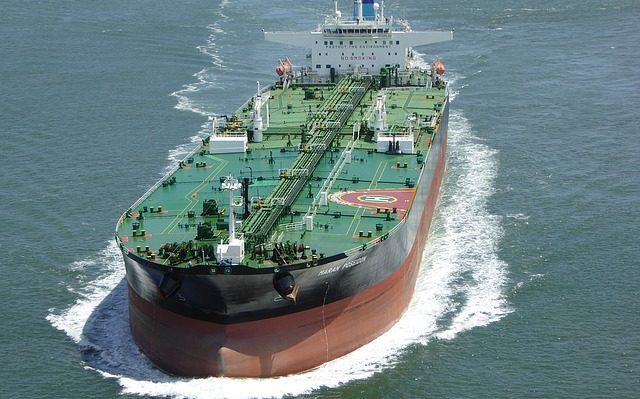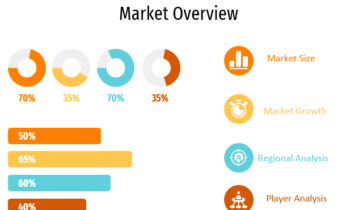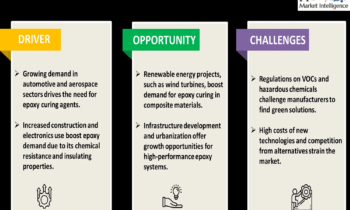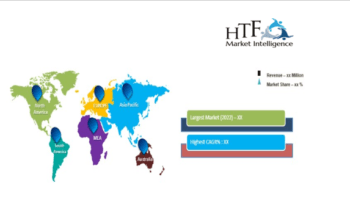
The price of crude oil soared more than 3% in Thursday’s trading, following a second alleged attack on tankers near the Strait of Hormuz. Two tankers were attacked and left adrift in the Gulf of Oman escalating tensions in the Middle East.
The latest round of attacks followed damage to to two tankers from Saudi Arabia, and one vessel each from Norway and United Arab Emirates, all last month.
The Strait of Hormuz is the world’s most important chokepoint, with an oil flow of more than 22.5 million barrels per day. Although only 21 miles wide at its narrowest, the Straits of Hormuz carry almost a third of all oil moving over the world’s oceans.
There has been no immediate blame apportioned to anyone or any country and nobody has claimed responsibility for the attacks. Tensions have risen in the volatile Middle East since the United States withdrew from a deal between Iran and global powers designed to thwart Iran’s nuclear ambitions.U.S. National Security Advisor John Bolton blamed Tehran, who subsequently denied the accusation. Meanwhile, Russia asked that no one should jump to conclusions or use the latest events as an excuse to pressure Iran.
Rollercoaster For Oil
The last six weeks have been a rollercoaster for crude oil prices. Last month saw oil have its worst monthly performance of the year. Weakening demand has forced investors to shift their focus away from the OPEC-led tightened supply. The escalation in a trade war between the world’s two largest economies and consumers of oil is already showing signs of harming the global economy.
Having plunged 4% on Wednesday the 12th, following an unexpected jump in the U.S. oil inventories data, the weakening global demand was brought to fore the next day with OPEC cutting its outlook for global demand in 2019. The oil cartel noted in a statement:
“significant downside risks from escalating trade disputes spilling over to global demand growth remain.”
Investor attention now turns to the monthly report by the International Energy Agency for the latest forecasts on global demand. Earlier in the week, the U.S. Energy Information Administration’s forecasted lower global demand, but not everyone is in agreement.
BP’s annual Statistical Review of World Energy 2019 report noted that primary energy consumption grew at a rate of 2.9% last year,” nearly double the 10-year-average growth rate. Despite global oil forecasts lowering, the world still needs energy in general, and more of it than ever before.
Mid-East Tensions to Dominate
When it comes to the price of oil, tensions in the Middle East send prices soaring. What we may be seeing at the moment, is the start of an escalation between Iran and Saudi Arabia. The two oil-producing nations have been fighting a proxy war for some time, the latest battleground being Yemen. Incidents between the two nations and their proxies have been occurring with increasing regularity. Should tensions continue to escalate, oil prices will only rise. Can it rise to $75 a barrel last seen in October 2018? quite probably yes. The Straits of Hormuz are essential for oil distribution. Any sort of extended tension surrounding such a key area will see prices rise, and fast.
Crude Oil is currently trading at $52.04 a barrel, up 1.76%, having hit a daily high of $53.37 a barrel. Brent Oil is currently up 2.15% with a barrel trading at $61.30. It previously hit an intraday high of $62.58



